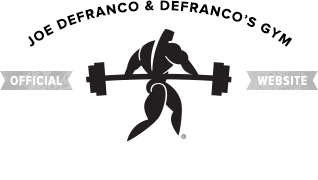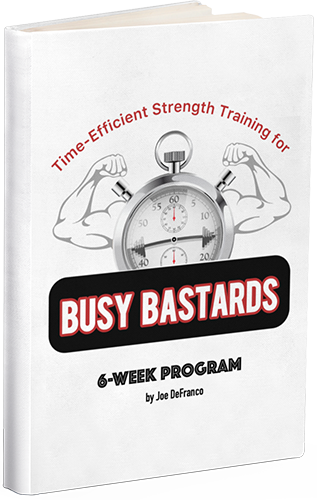A few hours ago, Jim “Smitty” Smith from the Diesel Crew emailed me a guest blog post for this website. As usual, Smitty didn’t disappoint! Over the past couple of years, Smitty has become part of our gym’s (shrinking) “inner circle” of coaches that we trust to provide training ideas and information that actually works in the REAL WORLD! Of particular interest to me has always been the Diesel Crew’s innovative exercises and theories on grip and real “core” training! In this guest blog post, Smitty provides our readers with an advanced variation of the plank exercise that will undoubtedly turn your midsection into a suit of armour! (Rest assured, I will be having “The Asshole” give these a try tomorrow!)
Ok, I’ve spoken enough (as usual)…check out what Smitty has to say about the importance of planks and then see if you have what it takes to give his “2.0” version of this exercise a try!!!
-Joe D.
Advanced Athletic Application – A New Look at Planks
Jim Smith, CSCS
When a strength coach starts his assessment of an athlete, the primary goal is to identify a weakness, determine the extent of an injury and document their current state of preparedness.
The short list of this assessment could include:
*The athlete’s baseline strength levels determined by key indicator exercises
*The training maturity (how long they’ve been training) of the athlete / lifter
*The sporting age (how long they’ve been playing their sport(s)) of the athlete / lifter
*The metabolic, physiological and neurological demands of the sport
*The movement patterns of the sport (their duration, their intensity, their direction, etc..)
*The athlete or lifter’s ability to adhere to the prescribed training and restorative modalities (sleep, massage, foam roller, good nutrition, etc.)
*The athlete / lifter’s current injuries and/or stage of recovery
*…and many others
One of the key indicator exercises should be a determination of the athlete’s ability to express full body power. A segment of this expression would be core strength as it is this proficiency that promotes realization of power.
This is where planks come in. Planks are the most basic core exercise because they involve no movement and require a coordinated co-contraction of the entire torso musculature, ie., the core.
Planks are done on the ground with the athlete setting up on their elbows and toes. This position is held for time. From this position various movements can be engaged. Lifting either arm and extending outward or either leg. Even mountain climbers can be performed in this postion.
Planks demonstrate torso rigidity (or stiffness, Mcgill) which promote power transfer and protect the spine. Unfortunately most uninformed trainers believe this musculature only involves the abdominals. But this is incorrect. The core includes not only the abdominals but the counterbalancing, antagonistic posterior muscles including the hamstrings, glutes, erectors and lats. This intramuscular coordination creates this stiffness. But most often, the upper body including the upper back, shoulders and biceps are not optimally engaged. Remember, more tension equals more strength.
Our goal is to take a basic, primary exercise and create (and progress to) a more athletic-specific version.
This is “Planks 2.0″…
Here’s a written recap of what you just saw…
Planks 2.0 involve the lats (and the entire upper body). Not only that, it is a dynamic engagement. This is true core strength. If we can truly engage the core musculature completely, we can potentially generate and transfer more power.
How to execute Planks 2.0:
1. Setup on a GHR bench
2. Anchor a Jump Stretch band under the hooks or around a heavy DB
3. When the athlete sets up on the bench (face down) they will grab the band
4. Bracing outward and forcibly creating full body muscle tension, the athlete will begin hand over hand pulling on the band
5. As the band stretches the tension must also increase to prevent hip flexion
6. Reverse the hand over hand movement
7. REPEAT
The movement can also be done for time, 30 sec – 1 min. After the band is stretched to capacity, have the athlete hold it against their upper abdominal region.
Remember, there is a progression and regression to all exercises. After the initial assessment and when proficiency is demonstrated with conventional planks, Planks 2.0 can be introduced – further bridging the gap between GPP and sporting execution.
Thanks for this opportunity Joe!
Jim Smith “Smitty”
Author, AMD
www.dieselcrew.com






Really An useful post.Thank you lot for the sharing! If it’s possible I want to invite everybody one well good and absolutely free site for guest bloggers called Notcy.I believe this would help.
Best regards : Stephanie K